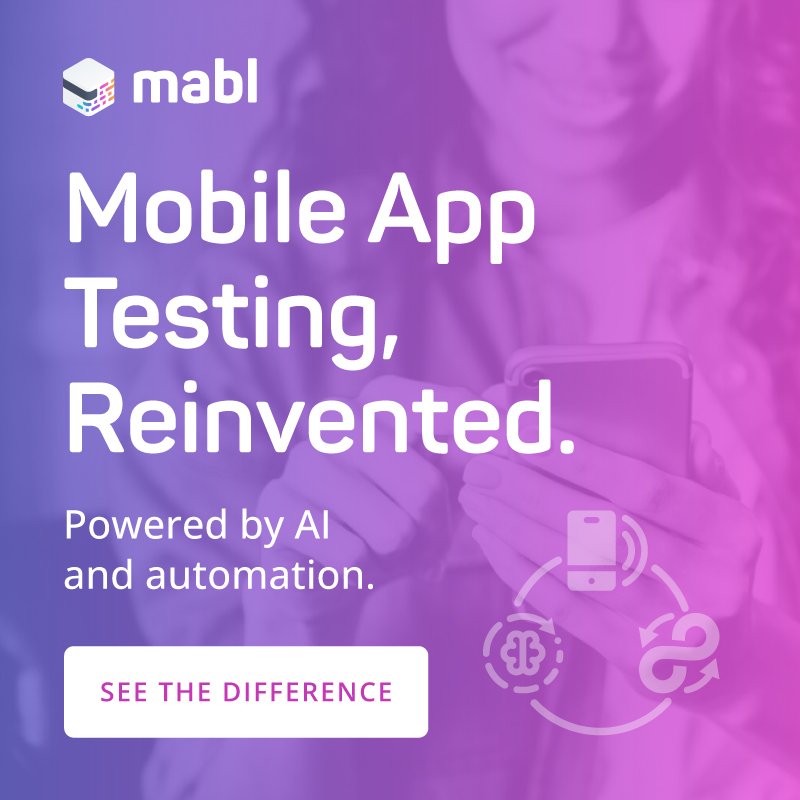Artificial Intelligence: 5 key attributes of all modern AI systems
Thursday, January 5, 2017

|
Richard Harris |
What are the common attributes that all modern Artificial Intelligence systems share? Former NASA Deputy Chief of AI at the Ames Research Center, Monte Zweben tells us.
A technology industry veteran, Monte Zweben's early career was spent with the NASA Ames Research Center as the Deputy Chief of the Artificial Intelligence Branch, where he won the prestigious Space Act Award for his work on the Space Shuttle program.
Monte then founded and was CEO of Red Pepper Software, a leading supply chain optimization company, which merged in 1996 with PeopleSoft, where he was VP and General Manager for the Manufacturing Business Unit. In 1998, Monte was the founder and CEO of Blue Martini Software - the leader in ecommerce and multi-channel systems for retailers. Blue Martini went public on NASDAQ in one of the most successful IPOs of 2000, and is now part of JDA.
Following Blue Martini, he was the chairman of SeeSaw Networks, a digital place-based media company. Monte is also the co-author of Intelligent Scheduling and has published articles in the Harvard Business Review and various computer science journals and conference proceedings. Zweben currently is CEO of Splice Machine and serves as Chairman of Rocket Fuel Inc. as well as on the Dean’s Advisory Board for Carnegie-Mellon’s School of Computer Science.
Because of Monte's very distinguished career and accumulated knowledge centered around the subject of Artificial Intelligence, we sat down with him to get his take on what the future of AI will look like and how it will make an impact on different industries. Here's what he had to say:
ADM: How has AI changed in the last 30 years?
Zweben: The applications we deployed at NASA in the late 80’s and 90’s throughout the Space Shuttle program, the unmanned probes, the space telescopes, the Space Station, and ultimately the planetary rover programs looked very similar to the supply chain applications we deployed in the ERP industry, and to the marketing applications deployed in the e-commerce, CRM, and programmatic advertising spaces.
What has radically changed is the computational platform widely available to power these applications. Today’s platform not only takes advantage of memory, but it is massively distributed, meaning that data can reside on many machines instead of just one, and computation can execute in parallel on these machines.
Because the data and compute power is now so much more available, and because business models are emerging that benefit enormously from AI, there are many more practitioners now than in the past decades. As a result the progress of AI is much faster now, with innovative products and frameworks coming to market all the time.
ADM: Explain the 5 key technology attributes of a modern AI system.
Zweben: The five key technology attributes that all modern AI systems share include:
1.) Data Ingestion - AI systems deal with voluminous amounts of data, often in excess of billions of records, coming in at high velocity.
2.) Adaptive - AI systems adapt to their environment with machine learning. They observe their results and learn to do better.
3.) Reactive - AI systems react to the changing conditions around them. Unlike traditional applications that are more batch-oriented (you schedule them, they run, store their results, and are then shut down), AI applications continuously monitor their inputs, often from streaming data platforms, and when certain conditions apply, they invoke procedures, rules, and behaviors, or compute scores and make decisions.
4.) Forward-Looking - AI systems don’t just react they often search through a space of possible scenarios to reach an effective goal. To do this, they are projecting multiple steps into the future.
5.) Concurrent - AI systems, just like traditional applications, must handle multiple people or systems interacting simultaneously. They use techniques adopted by those developing distributed systems in the fields of operating systems and databases.
ADM: What are other technologies that influence or accelerate AI?
Zweben: AI will require IT platforms that are hybrid from the start. There simply is not a single technology architecture to support AI. Instead, there will be interconnected systems that can deliver fast data ingestion, analytics at exabyte scale, high-volume concurrent transaction processing, and machine learning models to bring all that together and make smart in-the-moment decisions without human intervention.
These platforms will run in the cloud, as traditional data centers are not flexible enough to adjust when needed. The most impactful platform will be the one that integrates all these capabilities in a seamless and easy-to-use package.
ADM: What industries are most impacted by AI, and in what way?
Zweben: AI already has a profound impact in technology and finance, as these are largely software-driven and deal with large volumes of data, which are the perfect prerequisites for AI. But the impact is rapidly spreading to all other industries. Some examples of projects I have first-hand experience with:
Supply-chain optimization systems for manufacturers that planned production and distribution by searching through many possible schedules to determine the best way to utilize people and equipment to deliver on time, and most importantly, to rapidly reschedule when things didn’t go as planned;
Consumer marketing applications including e-commerce sites, email marketing systems, and omni-channel journey managers that learned what the most compelling interaction, offer or message would be for a consumer based on their behavior;
Programmatic advertising systems that can score any moment of influence on a consumer in milliseconds to decide whether it is a useful moment for an advertising campaign and compute how much to bid on that moment. These systems learn to score better over time by watching whether the ads are compelling and lead to positive events such as clicks, purchases, or just full video views;
Planetary rovers which are too far away to “joystick” via human operators like drones must autonomously plan their actions. For example, the Mars Rover can figure out what to do next autonomously based on many conditions such as its scientific objectives, its battery power levels, and its location;
Life science applications that can learn from clinical trial data to advise doctors of the most promising drug trials for a patient with a disease;
Cyber-threat security systems that can predict the most vulnerable elements of a business to determine where to buy insurance;
Internet-of-Things systems that can react to the changing location of assets based on RFID tags to plan more effectively, predict future scenarios, and deter crime;
ADM: Is AI just for the biggest names in the industry (e.g. Amazon, Microsoft, Google, Facebook)? Is the rest of the world falling behind as technology advancements become concentrated?
Zweben: As these large technology companies had all the compute power and data streams, it is not surprising that the current momentum for AI started there. But the availability of abundant, affordable compute power in the cloud, and free and open source software for big data and machine learning means that AI is quickly spreading beyond these companies. I think that soon the major constraint will be the ability of companies to attract the talent to work on all the projects they want to undertake.
ADM: What is the impact of open source on AI?
Zweben: Open source has made an abundance of very powerful big data and analytics tools available to millions of developers and scientists. The whole Hadoop ecosystem started as an open source project based on research papers released by Google. Open source has such a profound impact, that without it, many AI projects would unlikely have taken flight.
The big tech companies have been very active in releasing their in-house technologies to the market as open source software. That has greatly accelerated the progress in this industry. They have an obvious self-interest for doing so, because they find it easier today to recruit expertise as a result. But they should definitely be commended for having the vision to do so.


ADM: How are AI and Big Data interconnected?
Zweben: AI and Big Data are very deeply intertwined. It would be hard to validate models for AI without an abundance of data to test them on. And conversely, without AI it would be much harder to unlock the value of Big Data. AI and Big Data will rise together.
ADM: Where do you see AI heading in 2017 and beyond?
Zweben: I think 2017 will be the year in which AI becomes a core technology in every industry. It will become possible to record every health indicator of every person all the time, to follow every product from the factory floor through its entire life cycle, to register every turn of every car in the world, and so on.
And AI will make it possible to turn that avalanche of data into huge economic value, preventing disease before it occurs, optimizing supply chains and ending traffic jams. The possibilities are endless and we’ll see them play out in the coming years.
ADM: Where is AI and mobile development heading?
Zweben: Nearly all mobile applications will be enhanced by AI. Devices’ awareness of time, location, motion, calendar, contacts, social networks, climate, and health indicators create countless opportunities for AI to improve application functionality and the user experience.
ADM: What should developers be doing right now so they don’t miss the AI boat?
Zweben: Developers, like many other professionals, are finding that they have to continually update their skills to remain relevant.
To keep current with AI, new programming languages like Scala, analytics platforms like Apache Spark, Machine Learning and Deep Learning libraries like Tensorflow, and data platforms like Splice Machine will have to become part of the skill-set of developers of the coming decade.
For the developers that will make the investment in their skill, the future looks very bright!

Become a subscriber of App Developer Magazine for just $5.99 a month and take advantage of all these perks.
MEMBERS GET ACCESS TO
- - Exclusive content from leaders in the industry
- - Q&A articles from industry leaders
- - Tips and tricks from the most successful developers weekly
- - Monthly issues, including all 90+ back-issues since 2012
- - Event discounts and early-bird signups
- - Gain insight from top achievers in the app store
- - Learn what tools to use, what SDK's to use, and more
Subscribe here














